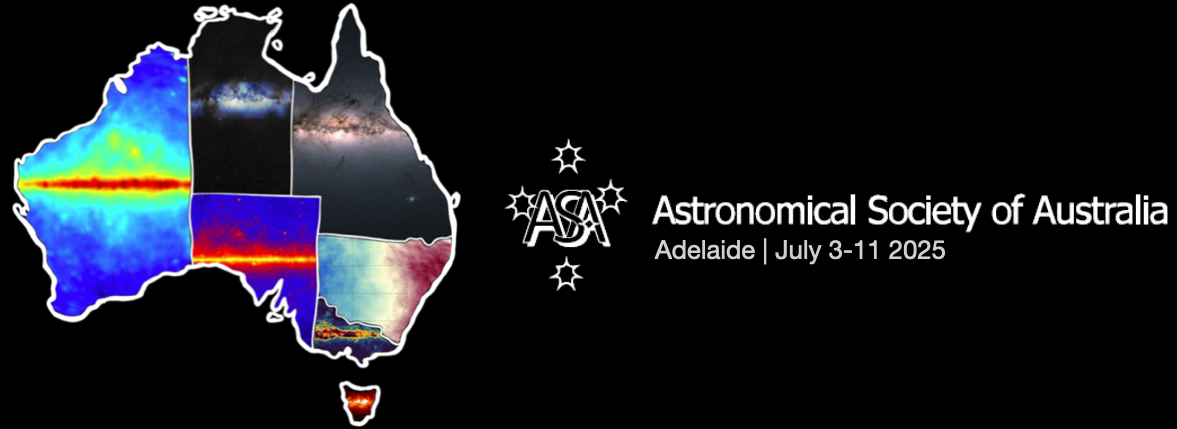Speaker
Description
Planets orbiting close to their stars face an intense environment that can dramatically reshape their atmospheres. Among these extreme worlds, the ultra-hot Jupiter KELT-9b stands out as one of the most intensely irradiated planets known, orbiting so close to its star that its atmosphere is actively evaporating into space. Using high-resolution optical observations during the planet’s transit, we have detected—for the first time—metals such as sodium and iron escaping into a comet-like tail behind the planet. This groundbreaking observation reveals that powerful stellar radiation can drive not only hydrogen but also heavier, rocky elements out of planetary atmospheres. By modelling the properties of the escaping material, our methods allow us to directly probe the physical properties of the outflow and constrain key parameters such as mass-loss rates and outflow speeds. These escaping metals suggest that the current chemical makeup of hot planets may differ significantly from their primordial compositions. Studying these extreme cases provides a unique opportunity to trace the long-term chemical and dynamical evolution of planetary systems, offering new insights into the evolution of planets across the galaxy.

